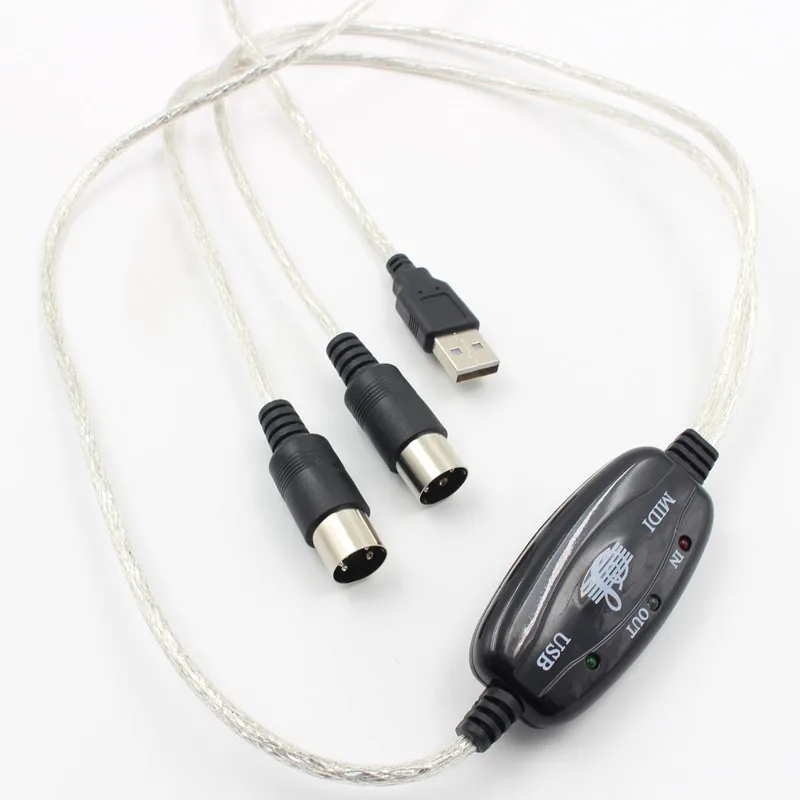

 Connect the 5-pin MIDI IN/OUT ports on the interface to the appropriate 5-pin MIDI ports on the old synth. Connect a bog standard 5-pin MIDI to USB-A interface to one of the other USB Host ports. Connect the USB MIDI controller to one of the Raspberry Pi USB-A Host ports. From the hardware perspective, here’s what we need to do: The Rapsberry Pi B+ would be the ideal model with its four USB Host (A) ports. Computer? USB Host interface? Software? Raspberry Pi! The PC-based bridge is not so portable and maybe you don’t want to take a laptop to the gig. Also, the Kenton is not readily available in all parts of the world (e.g., the USA) and shipping is expensive.
Connect the 5-pin MIDI IN/OUT ports on the interface to the appropriate 5-pin MIDI ports on the old synth. Connect a bog standard 5-pin MIDI to USB-A interface to one of the other USB Host ports. Connect the USB MIDI controller to one of the Raspberry Pi USB-A Host ports. From the hardware perspective, here’s what we need to do: The Rapsberry Pi B+ would be the ideal model with its four USB Host (A) ports. Computer? USB Host interface? Software? Raspberry Pi! The PC-based bridge is not so portable and maybe you don’t want to take a laptop to the gig. Also, the Kenton is not readily available in all parts of the world (e.g., the USA) and shipping is expensive. 
The Kenton is portable, but is a little bit pricey for my taste. The software streams the MIDI data between the 5-pin and USB worlds. The old synth (or whatever) is connected to the computer through the 5-pin MIDI IN/OUT interface and the controller is connected to the USB-A Host port.
Use a PC-based DAW to bridge 5-pin MIDI ports and USB MIDI ports.īoth solutions involve software, a computer, a 5-pin MIDI IN/OUT interface, and a USB-A Host interface. Buy a bridge box like the Kenton MIDI USB Host (about $115USD) or iConnectivity iConnectMIDI4+ ($200USD). Because USB is a peripheral bus with a sophisticated protocol, USB cannot be directly connected/converted to simple 5-pin MIDI signals. If you want to use your new controller with an old 5-pin MIDI synth, you have a communication gap to bridge. Most of the new controllers have only a USB-B device port and expect to be connected to a USB-A host port for power and communication. The world was 5-pin MIDI for a long time and many classic synthesizers and workstations only have a 5-pin DIN interface. 5-pin MIDI is dirt simple and is just a faster form of plain old serial communication - no bus protocol, no host/client, no hassles. 
New controllers now communicate MIDI data over USB instead of using the old 5-pin DIN interface. It seems like MIDI over USB has taken over the MIDI controller world! Finally, one year later, I got to try out this idea. Way back in January 2014, I outlined a way to send MIDI from a USB-B only controller to a keyboard or module with classic 5-pin MIDI using Raspberry Pi as a bridge. Please see the bottom of this page for an update.








 0 kommentar(er)
0 kommentar(er)
